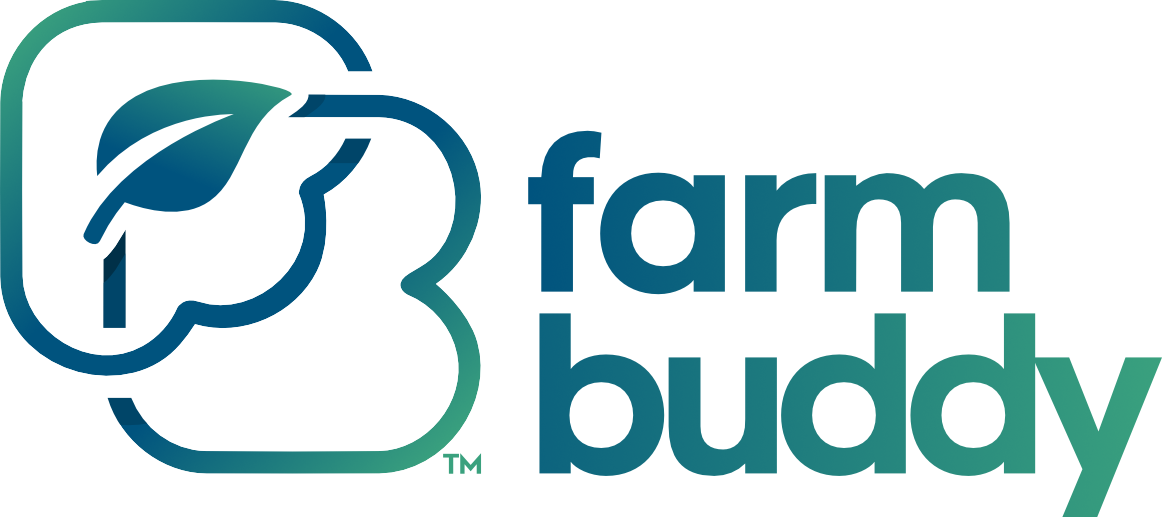Starting a mushroom farm in Lagos, Nigeria, is a fantastic opportunity for both beginners and experienced farmers. With minimal space and investment, you can grow a profitable business. Here’s a detailed, step-by-step guide to help you embark on this exciting journey.
Why Start Mushroom Farming?
Mushroom farming is not only profitable but also environmentally friendly. Mushrooms are in high demand due to their nutritional benefits and culinary versatility. Did you know that you can start earning as much as ₦100,000 monthly from mushroom farming? It’s a low-cost, high-return venture that can be done right in your backyard.
Step-by-Step Guide to Mushroom Farming
- Choose the Right Mushroom Species
- Oyster Mushrooms: Easy to grow and highly sought after.
- Button Mushrooms: Popular and widely consumed.
- Shiitake Mushrooms: Valued for their medicinal properties.
- Prepare Your Growing Space
- Indoor Setup: Use a small room or shed. Ensure it’s dark, humid, and well-ventilated.
- Outdoor Setup: Convert part of your backyard into a mushroom house. Use simple structures and maintain appropriate humidity levels.
- Select Your Substrate
- Sawdust: Commonly used and highly effective for commercial production.
- Straw or Compost: Other viable options, especially for oyster and button mushrooms.
- Inoculate the Substrate
- Mushroom Spawn: Purchase from reputable suppliers. Mix the spawn with the substrate and place it in growing bags or containers.
- Sterilization: Sterilize the substrate to eliminate any competing organisms.
- Maintain Optimal Growing Conditions
- Temperature: Keep between 20°C and 30°C.
- Humidity: Maintain at 80% to 90%.
- Lighting: Minimal light is needed, especially during the initial stages.
- Harvesting
- Timeline: Mushrooms can be harvested within six weeks from inoculation.
- Method: Gently twist and pull the mushrooms from the substrate. Handle them with care to avoid bruising.
- Marketing and Sales
- Local Markets: Sell to local supermarkets, health shops, and restaurants.
- Wholesale: Consider selling in bulk to wholesalers or food processors.
- Direct Sales: Offer fresh mushrooms to individual customers through farmers’ markets or online platforms.
Costs and Investment
- Initial Setup: Starting with basic equipment and substrate can cost as little as ₦50,000 to ₦100,000.
- Ongoing Costs: Include substrate materials, spawn, and utilities for maintaining growing conditions.
- Revenue Potential: Depending on the scale, you can break even within a few months and start earning a steady income.
Tips for Beginners
- Start Small: Begin with a manageable number of growing bags or a small growing space.
- Attend Training: Enroll in training programs to gain practical knowledge. For instance, Jovana Farms offers training and consultancy services for aspiring mushroom farmers (Punch Newspapers).
- Stay Informed: Keep learning about new techniques and market trends to stay competitive.
Contact Us
Ready to start your mushroom farming journey? Contact us for high-quality mushroom spawn, growing supplies, and expert advice. Click the WhatsApp button on our website to get in touch with us directly. We’re here to help you every step of the way!
